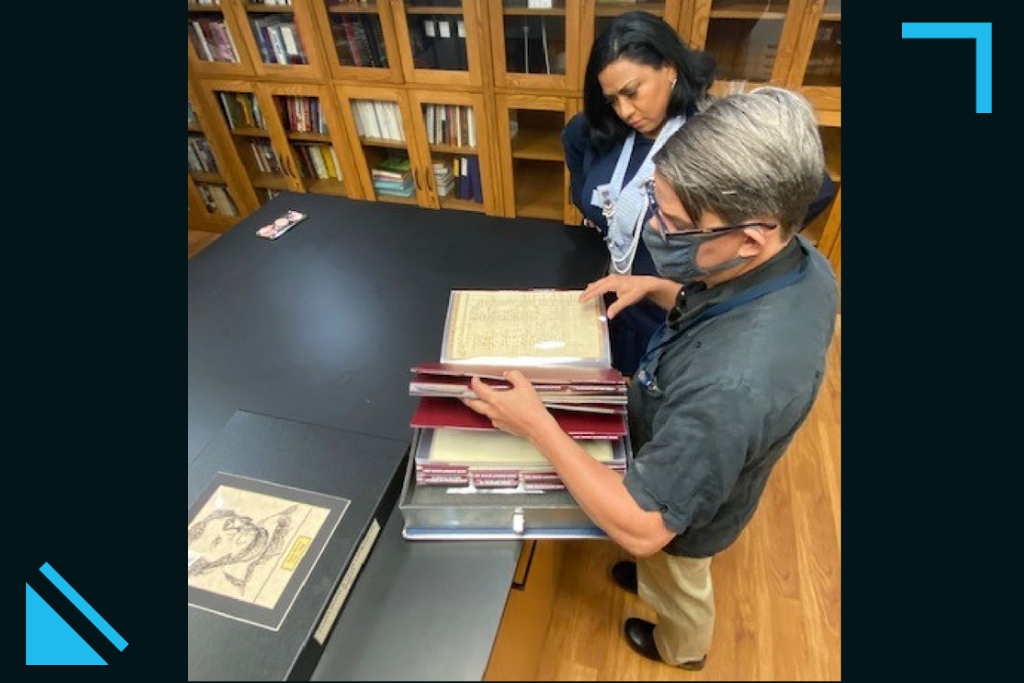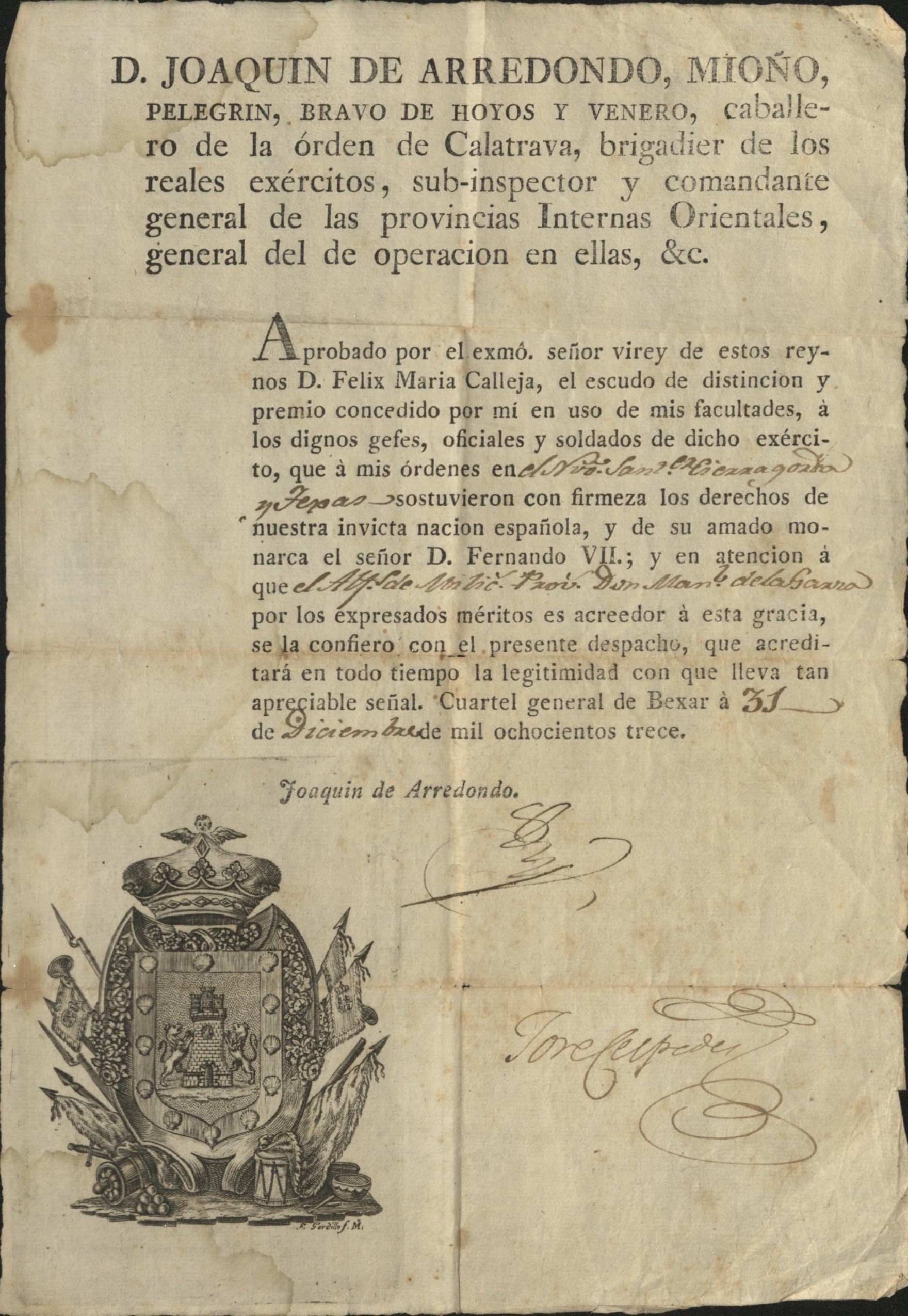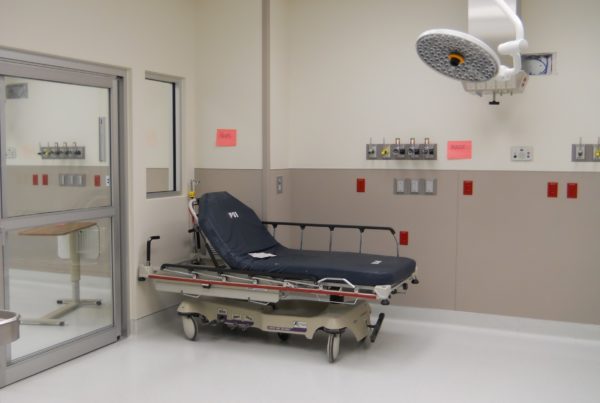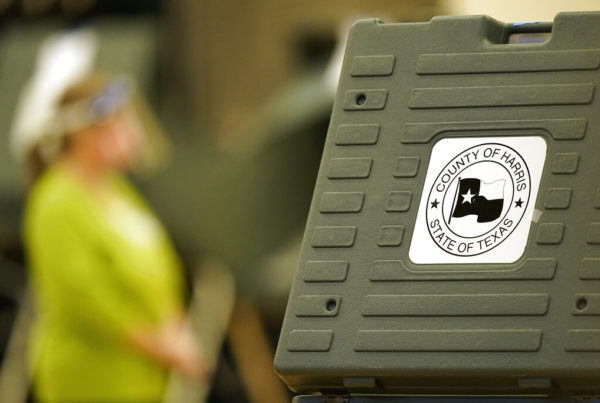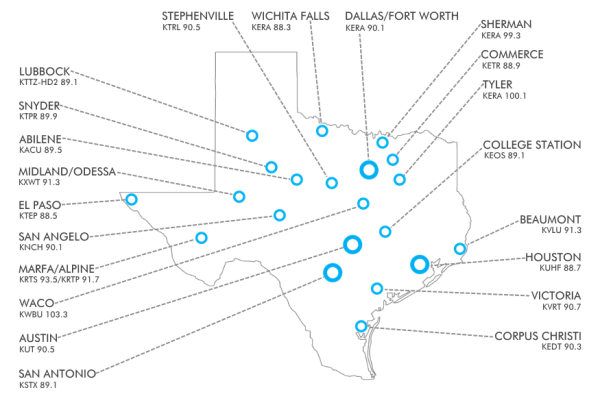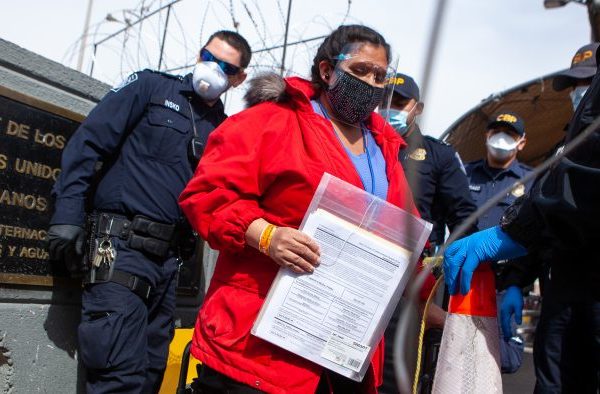An $18 million project on Bexar County’s historical archives is underway and should be completed in two years. The project backed by County Commissioners includes the preservation, protection and online digitization of county records that date back to the Spanish Colonial era.
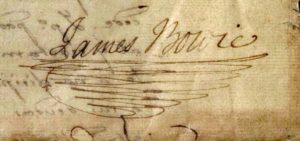
The Veramendi and Bowie marriage contract is a part of the Bexar County Spanish Archive’s special collection. Image provided.
The oldest local document is a Spanish land grant that dates back to 1736. The royal seal of Spain’s King Ferdinand VII, who ruled in the early 1800s, can also be seen in the Spanish archives. County Clerk Lucy Adame-Clark led the project to preserve and protect the records and make them available online.
So why would researchers beyond Bexar County be so interested in the old archives found here?
Adame-Clark said after Spanish and Mexican rule over Texas ended in 1836, the newly created Bexar County of the Republic of Texas was huge.
“People don’t understand that the records in Bexar County used to include also five different states, you know. We have Oklahoma, Kansas, New Mexico, Colorado and a little north of Wyoming. And we gave birth to 128 counties,” she said.
Included among the papers is Jim Bowie’s wedding contract to Ursula Veramendi from 1831. It includes his signature and a tornado like swirl he penned beneath it, a sort of early fraud prevention measure.
Bowie, in his 30s, also shaved a few years off his age on the contract to his 19-year-old bride, according to a county archivist.
His wife preceded him in death from cholera in 1833. He was killed in the Battle of the Alamo in 1836.
Other records in the archives include the bills of sale of local enslaved people. Adame-Clark choked up as she studied them with David Carlson, the county’s Spanish archivist.
“David was there and, you know I got chills. I still get chills. Tears wanted to run down my eyes, but I’m the leader.”
Carlson said the Dallas-based firm Kofile has been contracted to preserve the Spanish archives. He said every page undergoes a careful process.
“It has to be cleaned, deacidified,” he said. “Frequently the ink has imparted damage to the document. Sometimes it’s actually eaten a hole through the page.”
He said specialized types of paper can be used to mend or repair holes in a page. Past preservation efforts under previous county clerks did not have the benefit of modern technology.
“Old-timers at the courthouse will tell you there were was times it was literally just in the basement behind a dark curtain to keep the light off of it and now we’re simply trying to make them, you know, bequeath them to future generations using the technology and the means that are available to us now,” he said.
Even adhesive tape was applied by county clerks to some records to keep them from falling apart. The preservation process will see those adhesives removed with 8-inch irons.


